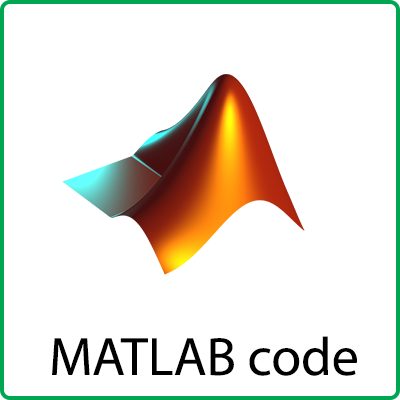Description
Image restoration (IR) is a fundamental topic in image processing and computer vision applications, and it has been widely studied. In this paper, we investigated IR with the sparse coding techniques. To better understand the effectiveness of sparse coding for IR, we introduced the concept of sparse coding noise (SCN), and it was empirically found that SCN follows Laplacian distributions. To suppress SCN and thus improve the quality of IR, the centralized sparse representation (CSR) model was proposed by exploiting the image nonlocal self-similarity. In addition to the local sparsity, we also enforced the sparse coefficients
to have small SCN, i.e., to be close to their distribution centers. The local and nonlocal redundancy induced sparsity, which are both characterized by the l1-norm, are unified into a variational formulation. A Bayesian interpretation of the CSR model was then provided to accurately determine the regularization parameters. Experimental results on IR demonstrated that the CSR image restoration approach can significantly outperform other leading IR methods.
ref :
Dong, W., Zhang, L., & Shi, G. (2011, November). Centralized sparse representation for image restoration. In Computer Vision (ICCV), 2011 IEEE International Conference on (pp. 1259-1266). IEEE.
Basis rotation algorithm for approximating the maximum likelihood filters in natural images



Reviews
There are no reviews yet.